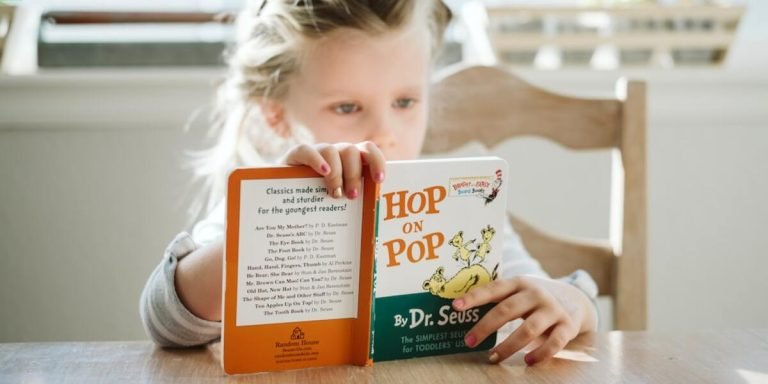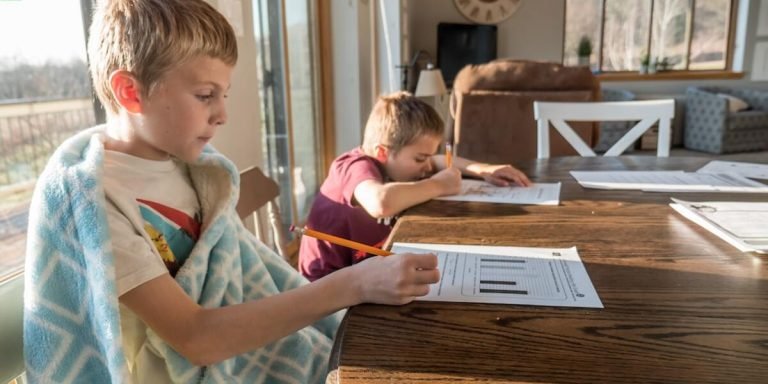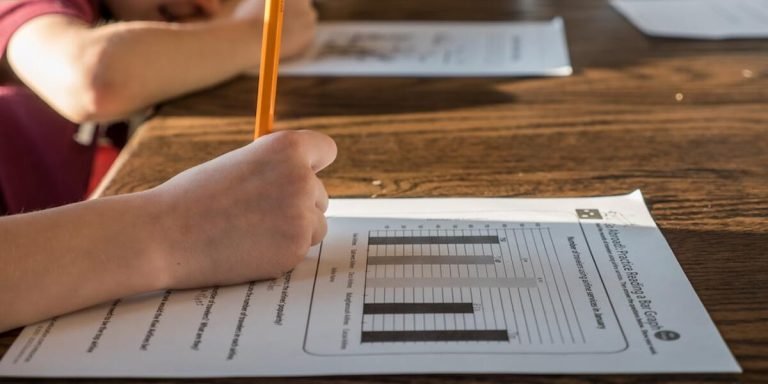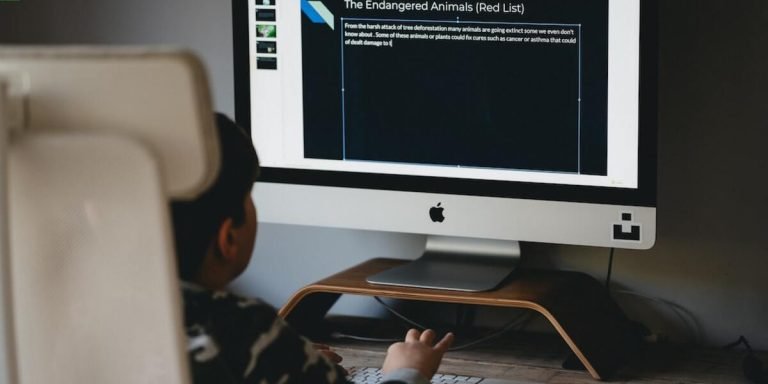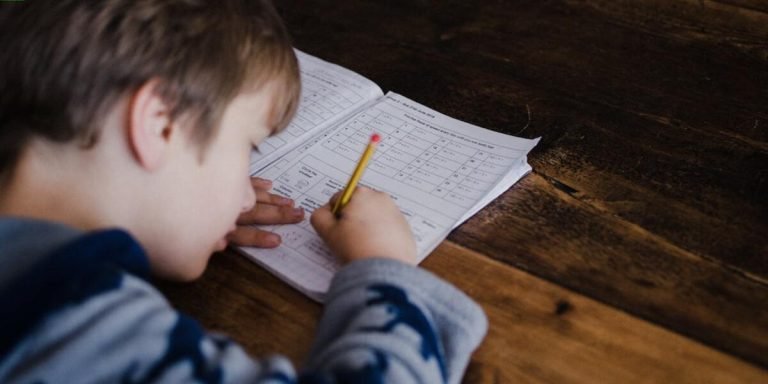How to Homeschool in NY: A Comprehensive Guide for Parents
As the world increasingly shifts towards digital learning, parents are exploring alternative educational methods for their children. The surge in interest leads us straight to a critical topic: how to homeschool in NY? Homeschooling not only offers flexibility but also allows customization of teaching techniques based on each child’s unique needs and capabilities.
Homeschooling can be an overwhelming concept, especially when deciphered without guidance or understanding about its state regulations. This comprehensive guide aims at providing essential information on legal requirements, curriculum standards, resources available for home education practitioners and other aspects related to homeschooling in New York State. By offering thorough insights into this method of education delivery we hope it assists you as you embark on your own journey of instructional sovereignty.
Did you know?
Did you know that New York is among the states with the highest regulation for homeschooling? It requires parents to submit an annual instructional plan and quarterly reports monitoring each child’s progress.
Understanding New York State Homeschooling Regulations
Navigating the intricate world of homeschooling regulations in New York State can be daunting, especially for parents taking their first steps into this educational choice. However, with a clear understanding and strategic approach to these guidelines, it becomes manageable and effective. As we step further into 2023 where technology continues to revolutionize every sector including education, leveraging its benefits has become imperative even in homeschooling scenarios.
New York state presents somewhat stringent homeschooling laws compared to other states but don’t let that discourage you; instead see it as an opportunity to provide your child with a structured yet individualized learning experience right at home. In adhering strictly to these regulations you’ll find that they serve not only compliance purposes but also lay down firm grounding principles towards well-rounded education enriched by integration of emerging ed-tech tools.
The core component here is formulating the Individual Home Instruction Plan (IHIP). This encompasses subjects like math or science along with grade-wise substantiated syllabus laid out by NYSED which must be taught throughout the academic year while integrating tech concepts effectively without compromising on required standards set forth by authorities.
Navigating the Declaration of Intent to Homeschool in NY
Navigating the process of declaring your intent to homeschool in NY is simpler than you might imagine. However, understanding and complying with New York State’s regulations can seem daunting at first glance. Here are some easy steps to follow.
Firstly, choose a well-reputed education program or curriculum that aligns with your child’s coursework. When considering how to homeschool in NY it is crucial to remember that children must complete equivalent instruction hours compared to their public school counterparts.
Next comes drafting the Letter of Intent (LOI). This formality let’s authorities know of parents’ desire for providing home-based education system for their wards instead f sending then off daily ti state-run educational institutions.This letter should be sent no later than two weeks into the start of each academic year.
Complying with Annual Instructional Requirements
Understanding the regulations of homeschooling in New York is crucial for every parent intending to educate their children at home. When you decide on how to homeschool in NY, become familiar with the annual instructional requirements as they form a significant part of your child’s educational journey.
In New York State, annually parents are required by law to provide substantial equivalent instruction corresponding with public schooling levels. For grades 1-6, this approximates around 900 hours and about 990 hours for grades 7-12 within each school year.
To meet these criteria effectively while maintaining a balanced learning atmosphere may seem challenging but can be accomplished through strategic planning that integrates technology into education. With digital tools now playing an integral role in contemporary learning methods, efficient use helps maintain transparency and adhere strictly to stipulated yearly teaching requirements whilst keeping engagement high.
Firstly, leverage online resources such video lessons from certified instructors available across numerous platforms that not only count towards the necessary instructions but also help diversify content making it more interactive and enjoyable for young learners.
Secondly, take advantage of educational apps designed specifically around various topics fitting perfectly into lesson plans while tracking study time automatically ensuring you stay compliant without additional record-keeping stressors.
Lastly besides promoting digitally rich interactions which increase motivation; plan virtual field trips or e-tours catering thematic units giving uniqueness alongside meeting annual instructional necessity efficiently.
Creating an Effective Homeschool Curriculum in New York
Creating an effective homeschool curriculum in New York is a process that demands careful attention, planning and the adept use of relevant resources and technology. In 2023, as more parents opt for personalized educational methods like homeschooling to cater to their children’s needs better, incorporating technology into education has become paramount.
The first step towards developing an impactful curriculum involves understanding New York state’s learning standards. After all, no matter how technologically advanced your approach might be; it must align with educational goals set out by the Department of Education. Thereafter comes selecting digital tools and interactive software which not only resonate with these standards but also engage young minds effectively.
Lastly, look for opportunities where online platforms can ease traditional academic constraints—like language labs or virtual reality scopes providing global exposure right from home! Remember though that while integrating tech within your teaching methodology can yield incredible results if handled correctly—it should never act merely as a substitute teacher.
In conclusion: don’t shy away from mixing up conventional schooling techniques with cutting-edge technological innovations when creating an efficient homeschool regimen in NY – because this blend will surely enrich any child’s journey through academics!
Remember—you’re crafting memories here alongside knowledge—and what could possibly be more fulfilling than propelling our next generation forward using some good ol’ book wisdom spiced up with today’s rapidly evolving gadgets!
Aligning Your Curriculum with New York Education Standards
Understanding how to homeschool in NY begins with aligning your curriculum with the New York Education Standards. This is crucial, as it ensures that children being homeschooled are equipped with skills and knowledge on par with their peers attending conventional schools.
Start by acquainting yourself comprehensively with the New York State Learning Standards. These guidelines encompass every subject area like English language arts, mathematics, science, and social studies among others. Scour through these standards meticulously – they serve as a roadmap for what your child needs to learn at each grade level.
Next comes crafting your unique homeschool curriculum reflecting these state-education standards. Start by structuring lessons around core subjects first – reading/writing (English Language Arts), math, sciences etc., then trickle down towards more specialized topics like world languages or visual arts depending upon your child’s interests.
In today’s digitally centric era of learning in 2023 think about integrating technology into education wherever possible! For example: using online tools such as Khan Academy can offer valuable supplemental instruction across various disciplines; engaging coding games might be included under computer literacy teaching fundamental programming concepts while making learning fun!
Remember though – balance is key when incorporating technology into home-based educational endeavors!. Appropriate screen time must be maintained ensuring healthy tech-habits within young learners. Further adding traditional hands-on activities will provide a holistic approach fostering an all-rounded development necessary beyond academics only.
Incorporating Extracurricular Activities and Social Learning Opportunities
Homeschooling offers a unique opportunity to provide your child with the kind of personalized, enriching education they might not get in traditional settings. But creating an effective homeschool curriculum for New York can seem quite challenging initially.
One aspect where technology truly shines is extracurricular activities and social learning opportunities which are vital components for well-rounded development.
Extracurricular Activities: To start with, identify what interests or hobbies spark joy within your young scholar — be it arts, sports or coding? Then seek out relevant online platforms that offer specialized courses geared towards honing skills related to these passions while keeping children engaged.
For instance, if music piques their curiosity – there’s Yousician; If art does – Procreate on iPad could be fun! Even virtual reality simulations like Google Expeditions let kids explore everything from underwater ecosystems to space missions!
Dueo COVID-19 limitations on physical interactions still prevalent this year (2023), consider leveraging virtual collaborative tools like Microsoft Teams or Google Classroom as part of teaching strategy.This will help simulate classroom-like environments sans geographical boundaries!
Record-Keeping and Assessment Strategies for NY Homeschooled Students
In the dynamic world of 2023, homeschooling in New York has taken a dramatic turn with the incorporation of technology. One challenge that parents often face while executing this task is maintaining comprehensive records and assessments for their homeschooled children.
If we pay heed to record-keeping, it’s not just about keeping tabs on daily attendance or grades; rather, it encapsulates your child’s academic progress as well as personal growth over time. Technology can play an instrumental role here: digitalized logs can be used where all educational undertakings are recorded systematically; e-portfolios could showcase your youngster’s achievements across various fields like arts, science projects, sports accolades and more— providing a holistic view at quick glance.
Assessing homeschool students effectively is easy with modern-day EdTech solutions. Ditch the conventional, stressful examinations that promote fear over knowledge retention. Use tools like virtual quizzes, which:
- Involve randomized questions to reduce cheating.
- Provide immediate results for instant feedback.
Moreover, adaptive learning platforms identify individual learner strengths and weaknesses, enabling personalized instruction at a suitable pace—a task nearly impossible in traditional classrooms.
To sum up these methods undoubtedly contribute towards beneficial technological integration in education particularly NY home educators empowering pave way proficient independent lifelong learners ever-evolving society future.
Developing a Systematic Approach to Document Educational Progress
Establishing an efficient system for documenting educational progress is crucial in any learning environment, and homeschooling is no exception. However, knowing how to homeschool in NY effectively calls for a well-organized documentation strategy.
Firstly, it’s important to understand the need for record-keeping. Documenting the process of education provides solid proof that your child’s learning journey aligns with New York State’s requirements for homeschooled students. It allows parents or educators to monitor critical skills development over time – detecting strengths and weaknesses as they emerge.
To create an effective tracking system, begin by identifying what needs recording such as student’s activities like assignments done, books read or field trips attended; tests performed along with their scores; evaluations from qualified individuals if required by state laws etcetera. Gather these materials systematically into folders divided per subject area – this way everything remains neatly organized at one place making assessment easier later on when needed.
Preparing for Mandatory Yearly Evaluations and Reporting
Every year, NY homeschooled students are subjected to mandatory evaluations and reports. This is a key part of how to homeschool in NY. Yet, with proper planning and strategies, you can transform these seeming hurdles into opportunities for enhanced learning.
Begin by understanding the assessment requirements outlined by New York State education law. Homeschooling families need to prepare an Individualized Home Instruction Plan (IHIP) at the start of each school year detailing what their child will learn across different subjects. Certain essential components must be covered depending on your child’s grade level.
Comprehensive record-keeping goes hand-in-hand with rigorous evaluation processes that take place annually – both tests administered independently or through various commercial vendors approved by NYSED, as well as narrative assessments conducted impartially but professionally familiar individuals such as certified teachers or home instruction peers among others.
A reliable method could involve creating a portfolio where work samples from all required subject areas are stored throughout schooling months – including quizzes passed successfully, book reports written thoughtfully plus science experiments executed diligently using technology integration in education etcetera would validate student’s academic progress over time significantly during review sessions while proving compliance towards NYS regulation standards appropriately too!
Another effective strategy incorporates regular testing routines since they provide measurable outcomes regarding learner’s knowledge improvement trends besides offering concise data about strengths & weaknesses which often prove crucial when adjusting teaching tactics later consequently making task challenging yet manageable simultaneously certainly!
Conclusion
And so, the journey of learning how to homeschool in NY doesn’t end here. Remember, as a parent and an educator, you are always evolving along with your child’s educational needs. It is crucial that we adapt our methods and strategies accordingly to ensure success.
We hope this guide has been helpful for your homeschooling adventure in New York! Don’t hesitate to browse around our website where we offer plenty more insights about childhood education. Our rich resources can provide warmth in times of confusion or guidance when navigating these uncharted waters.
As always, remember: The strength lies within understanding the process — for both parents and educators alike.


